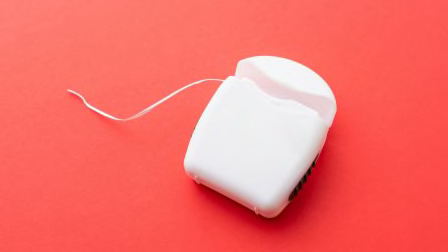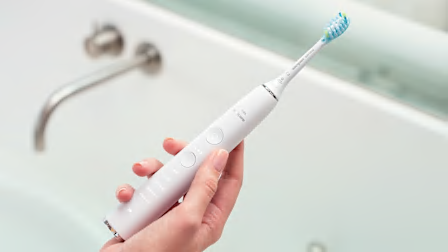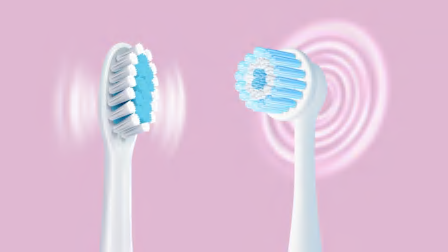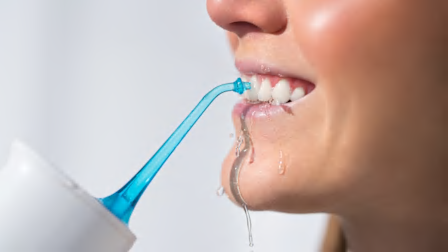How to Decode a Toothpaste Label
Here are the ingredients meant to achieve common claims you'll find on toothpaste labels
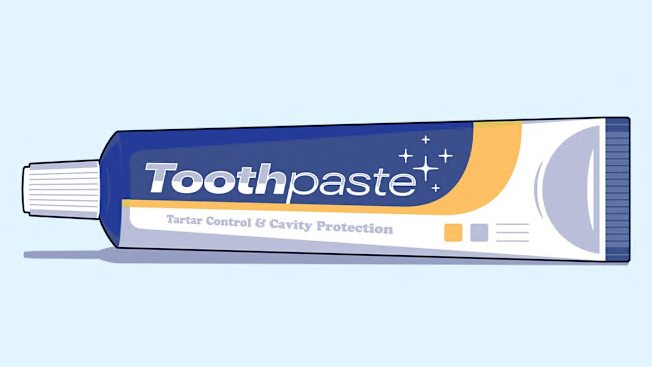
The toothpaste aisle can be a confusing place, with a huge variety of claims touted on product labels.
Companies tend to emphasize one possible benefit of a toothpaste, but that doesn’t mean that’s the only thing a given product can help with, says Roxanne Dsouza-Norwood, a registered dental hygienist and clinical assistant professor of dental hygiene at the University of North Carolina at Chapel Hill. "The same ingredient can do multiple things. Fluoride is an amazing example of that," she says. You may see two separate toothpastes, one marketed for sensitivity and another for periodontitis, for instance.
But don’t think you need one of each: The two products might have the exact same active ingredient listed on the packaging. Here are a few common label claims and the ingredients meant to achieve those effects.
Editor’s Note: This article also appeared in the January/February 2025 issue of Consumer Reports magazine.

















